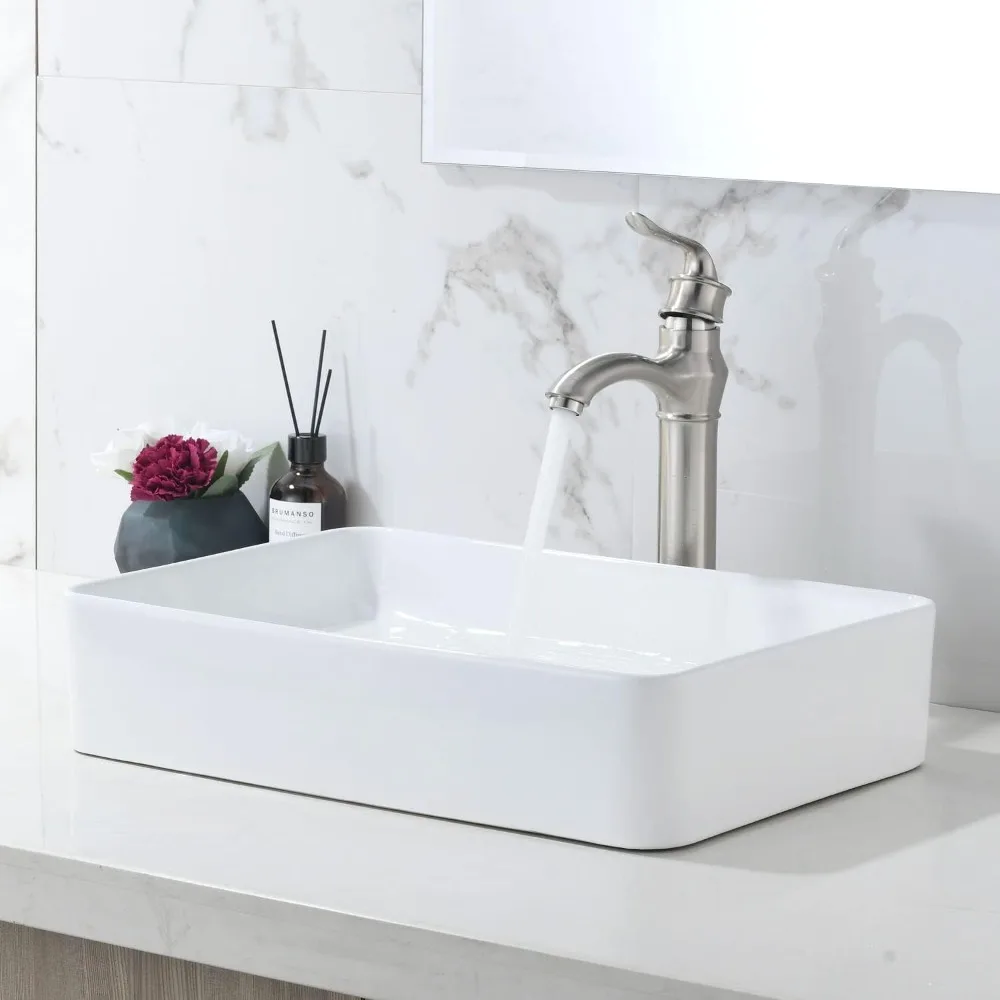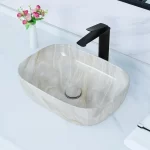Sinks are ubiquitous fixtures in our homes, offices, and public spaces, serving as the backbone of our daily hygiene and cleaning rituals. Despite their constant presence, many of us may not fully understand the mechanics behind their operation. This comprehensive guide dissects the inner workings of a typical sink, exploring each component and explaining how they collaborate to ensure seamless functionality. From faucets to drains, let’s dive into the intricate world of sink engineering.
Understanding the Basics: Sink Anatomy
At its core, a sink operates through a simple yet efficient system consisting of several key components:
- Faucet: The faucet is the source of water supply, delivering both hot and cold water through separate valves, which are mixed to achieve the desired temperature.
- Drain: Located at the bottom of the basin, the drain allows used water to exit the sink and flow into the plumbing system.
-
- Pop-up Stopper: Often found in bathroom sinks, this mechanism can be raised or lowered to block or allow water flow through the drain.
- Overflow Hole: Present in some sink designs, this small hole prevents water from overflowing by allowing excess to drain directly into the plumbing if the basin fills up too high.
- Trap: Below the sink, the P-trap is a curved section of pipe that traps a water seal, preventing sewer gases from entering the living space.
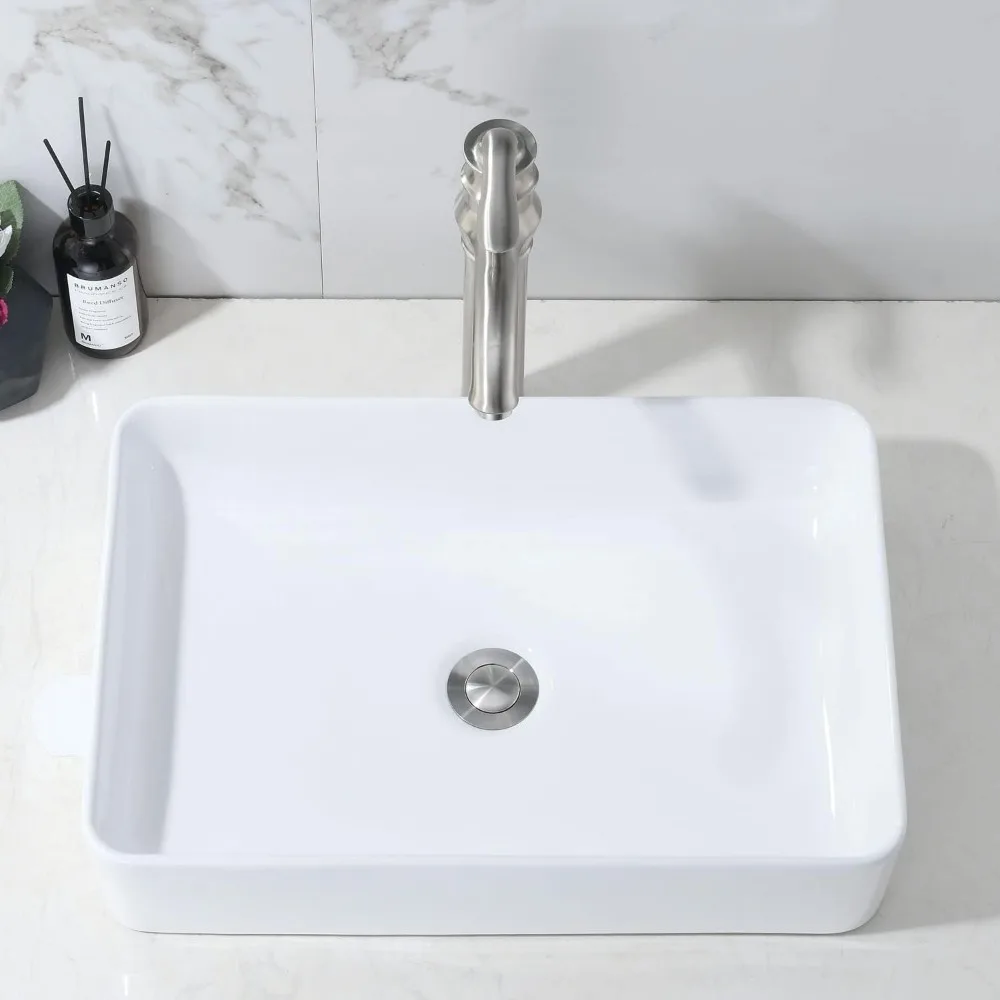
Faucet Functionality: Delivering Water
The faucet serves as the starting point for the sink’s operation. When turned on, a complex dance of valves and aerators commences:
- Valves: Inside the faucet handle, a valve controls the flow of water by opening or closing pathways to the hot and cold water supplies.
- Mixing Chamber: Once opened, water from both valves combines in a mixing chamber, where temperatures are regulated based on the handle’s position.
- Aerator: The final stop before water exits the spout, the aerator mixes air with the water stream, reducing splashing and conserving water while maintaining pressure.
The Drain System: Wastewater Management
The drain is where the sink’s primary function—disposing of used water—takes place. Here’s how it works:
- Gravity and Pressure: Water flows downward due to gravity, entering the drain and traveling through the pipes.
- Trap Action: The P-trap, shaped like the letter ‘P’, holds a small amount of water, creating a seal that stops sewer gases from rising back up the drainpipe.
- Ventilation: Connected to the main vent stack, the sink’s vent pipe ensures proper airflow, equalizing pressure and allowing water to flow smoothly without gurgling or backflow.
The Role of the Overflow Hole
Not every sink has an overflow hole, but those that do have an additional safety measure in place:
- Preventing Floods: If the basin fills to capacity, water spills into the overflow hole instead of onto the countertop or floor.
- Integrated Design: Connected to the drain system, the overflow ensures excess water joins the wastewater flow without disrupting the trap’s water seal.
Sink Maintenance and Troubleshooting
To ensure a sink continues to work efficiently, regular maintenance and timely troubleshooting are essential:
- Clog Prevention: Regularly cleaning the drain with a mixture of baking soda and vinegar or using a plunger can prevent clogs.
- Faucet Care: Lubricating faucet parts and replacing worn washers or cartridges extends the faucet’s lifespan.
- Trap Maintenance: Periodically cleaning the P-trap can remove accumulated debris and maintain effective sealing.
Modern Innovations: Smart Sinks and Water Conservation
In recent years, technological advancements have transformed sink design:
- Touchless Faucets: Motion sensors activate water flow, promoting hygiene and water conservation.
- Temperature Indicators: Some faucets feature LED lights that indicate water temperature, enhancing user safety and convenience.
- Water Recycling Systems: Advanced sinks now integrate greywater recycling systems, directing wastewater from the sink to be reused for flushing toilets or watering plants.
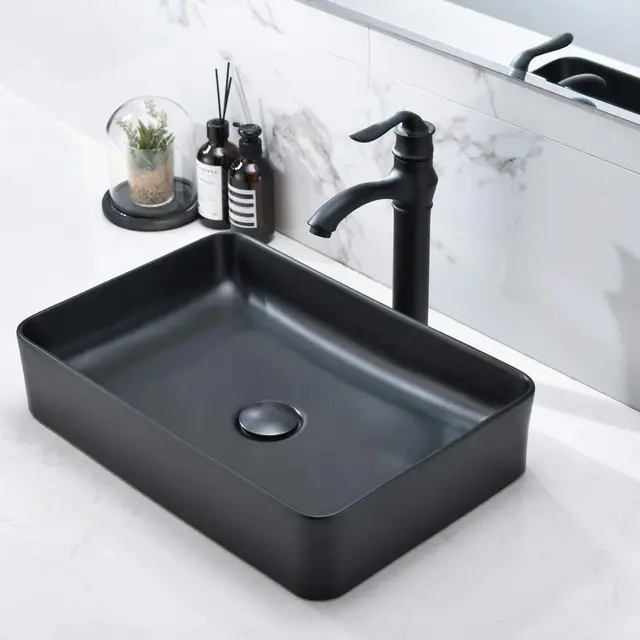
Design Diversity: Sinks for Every Setting
From sleek undermounts to rustic farmhouses, sinks come in a variety of designs tailored to different needs and aesthetics:
- Material Matters: Stainless steel, porcelain, granite composite, and copper are popular choices, each offering distinct properties and aesthetics.
- Installation Styles: Undermount, drop-in, vessel, and farmhouse sinks cater to diverse installation preferences and design themes.
- Functional Adaptations: From built-in cutting boards to integrated drying racks, modern sinks incorporate features that enhance usability and convenience.
Environmental Impact and Sustainability
Considering the environmental impact of sinks and their water usage is increasingly important:
- Low-Flow Faucets: These faucets reduce water consumption without compromising performance.
- Eco-Friendly Materials: Choosing materials that are recyclable or have a lower carbon footprint, such as bamboo or recycled glass, promotes sustainability.
- Efficient Drainage Systems: Properly installed and maintained drainage minimizes water waste and prevents unnecessary leaks.
DIY Repairs and Upgrades
For the handy homeowner, basic sink repairs and upgrades can be accomplished without professional assistance:
- Replacing a Faucet: Following manufacturer instructions, a new faucet can be installed with basic tools.
- Unclogging Drains: Using a plunger or a drain snake can resolve most clogs, while chemical cleaners should be used sparingly due to their potential harm to pipes and the environment.
- Sealing Leaks: Applying plumber’s putty or silicone caulk to fix leaky connections is a straightforward process.
Integrating Design with Technology: The Future of Sinks
As we move forward, the integration of technology with sink design is set to revolutionize our understanding of what these fixtures can do:
- Smart Home Connectivity: Imagine sinks that sync with your home automation system, adjusting water temperature based on your morning routine or alerting you of potential leaks.
- Hygiene-Oriented Innovations: Sinks with built-in UV sterilization or antibacterial coatings could become standard, promoting healthier lifestyles.
- Water Efficiency Tracking: Advanced sensors could monitor water usage, providing real-time feedback and encouraging conservation efforts.
Accessibility and Universal Design
Designing sinks that cater to users of all abilities is a growing focus in the industry:
- Height Adjustability: Sinks with variable height settings accommodate users in wheelchairs or children, ensuring everyone can use them comfortably.
- Touch-Free Operation: For individuals with mobility issues or those seeking heightened hygiene, touch-free faucets and automatic soap dispensers are game-changers.
- Visual and Auditory Cues: Incorporating visual indicators for water temperature or incorporating auditory signals for operation feedback enhances usability for those with visual impairments.
The Art of Customization: Tailoring Sinks to Individual Needs
Customization has become a significant trend in sink design, allowing homeowners to personalize their spaces:
- Custom Sizes and Shapes: Whether fitting an unusually shaped space or accommodating a specific design vision. Custom sinks offer endless possibilities.
- Material and Finish Selection: From exotic stones to hand-painted ceramics. Custom materials and finishes can elevate a sink from functional to a statement piece.
- Innovative Integrations: Customized sink areas can include integrated lighting, sound systems, or even herb gardens, transforming a mundane task into a sensory experience.
Sustainable Materials and Manufacturing Processes
As environmental consciousness grows, manufacturers are adopting greener practices:
- Recycled Materials: Sinks crafted from recycled metals, glass, or even paper-based composites are becoming more prevalent.
- Energy-Efficient Production: Using renewable energy sources and minimizing waste in manufacturing processes reduce the overall carbon footprint of sink production.
- End-of-Life Considerations: Designing sinks that easily disassembling for recycling or repurposing ensures a more circular lifecycle.
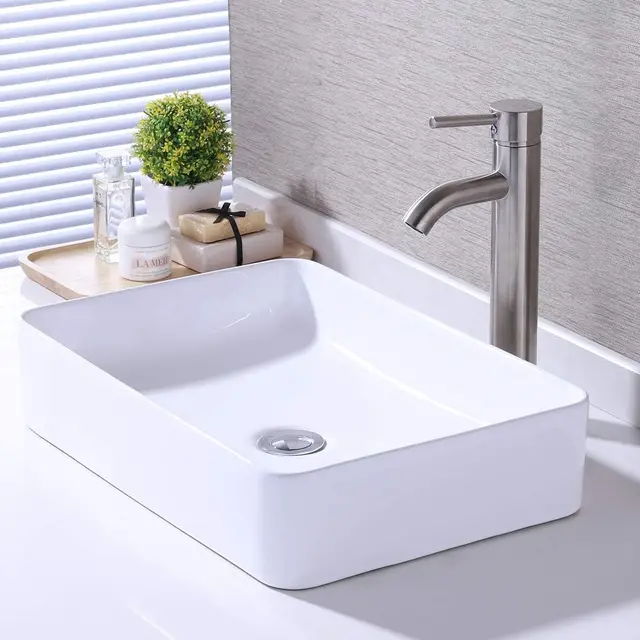
Cultural Significance and Evolution of Sink Design
Sinks hold cultural and historical significance, reflecting changes in society and technology:
- Historical Perspectives: From ancient Roman aqueducts to Victorian porcelain basins. Sinks have evolved alongside human civilization, mirroring advancements in hygiene practices and societal norms.
- Global Influences: Different cultures have unique sink designs influenced by their climate, resources, and customs. Such as Japanese basin-style sinks or Indian lota vessels.
- Symbol of Progress: The modern sink, with its emphasis on hygiene, efficiency, and design, symbolizes humanity’s continuous strive towards better living standards and environmental stewardship.
Through this exploration, it becomes clear that sinks are not just utilitarian objects but also reflect our evolving relationship with water, technology, and design. As we continue to innovate and refine these essential fixtures. We shape not only our homes but also the future of sustainability, accessibility, and personal expression.
Conclusion: Appreciating the Everyday Marvel
The humble sink, through its intricate mechanisms and evolving technology, plays a vital role in our daily lives. Understanding how it works not only fosters appreciation for this often-overlooked invention but also equips us with the knowledge to maintain, troubleshoot, and upgrade our sinks effectively. Whether it’s the simple pleasure of washing hands or the intricate dance of faucets and drains. The sink’s functionality is a testament to human ingenuity and the pursuit of convenience in our daily routines.
